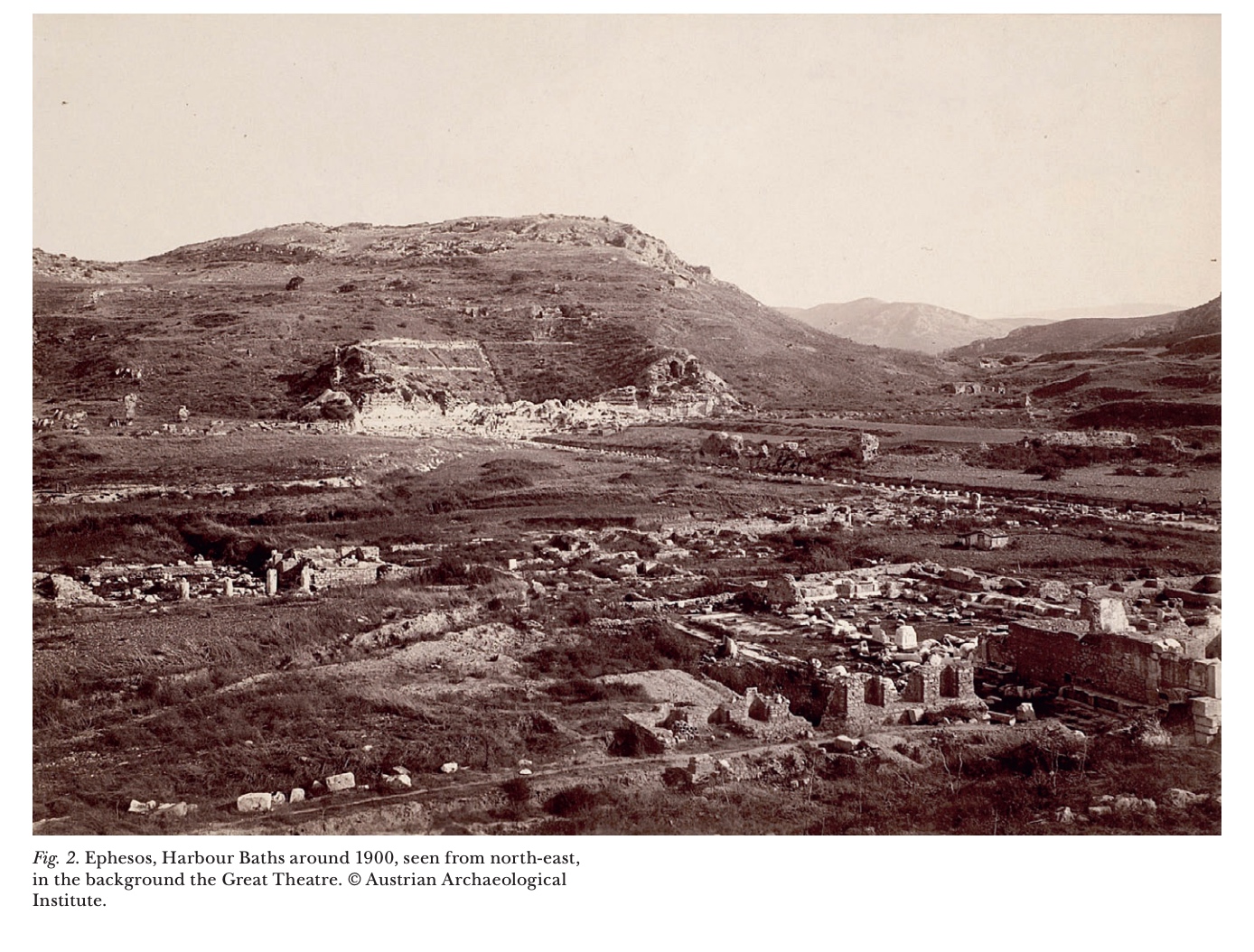Lorem ipsum dolor sit amet, consectetur adipiscing elit. Morbi eu nulla vehicula, sagittis tortor id, fermentum nunc. Donec gravida mi a condimentum rutrum. Praesent aliquet pellentesque nisi.


The Athlete from Ephesos, a Roman imperial copy of a Greek statuary type from the 4th century B.C., was found at
the very end of the 19th century, in the first years of the Austrian excavation in Ephesos, when research was concentrated on the major imperial monuments. In the palaestra of the Harbor Baths, the statue was set up in an aedicula and was destroyed when
an earthquake caused the collapse of the hall roof. Due to an agreement between the Ottoman Sultan Abdul Hamid II and the Austrian Emperor Franz Joseph I, the fragments could be taken to Vienna as a gift to the emperor’s collections. In Vienna, Wilhelm Sturm was commissioned with the restoration and conservation of the statue in 1897. The recomposition of the athlete took as a model the marble athlete kept at the Uffizi, in Florence,
once the similarity of the statuary type of the Apoxyomenos had been recognized.